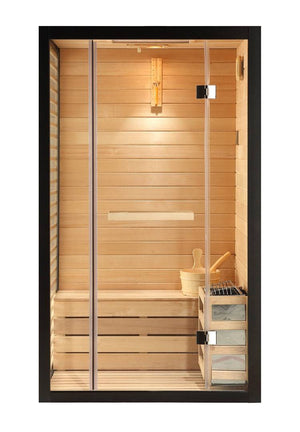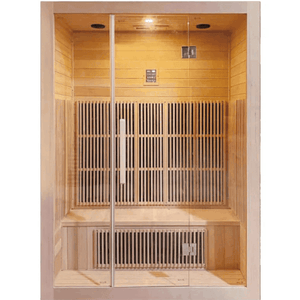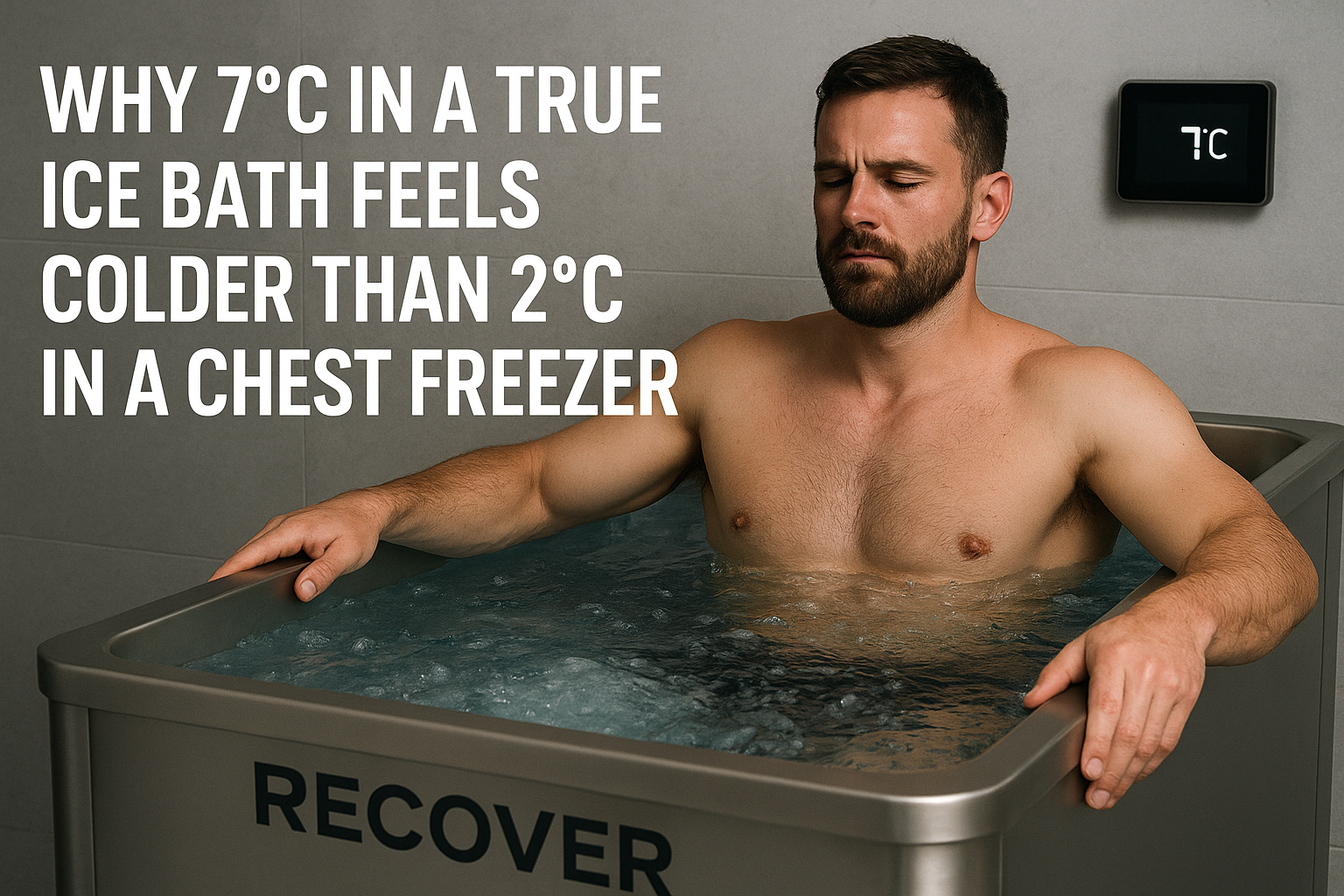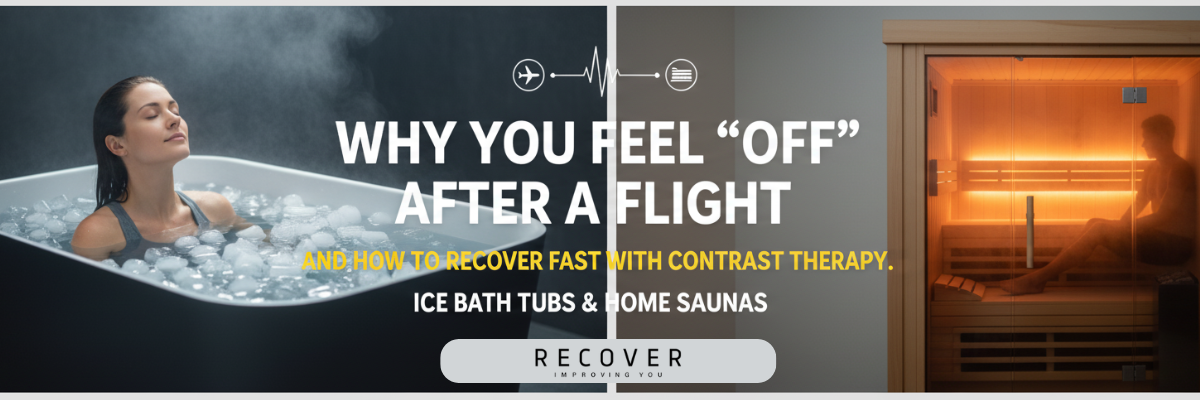
When most people think of saunas, they picture relaxation — a place to unwind, sweat, and release stress. But beneath that calm surface, something powerful is happening.
Regular sauna use is cardiovascular training for your body. Just as lifting weights strengthens your muscles, consistent exposure to heat strengthens your heart, blood vessels, and nervous system.
This process, known as thermal conditioning, plays a major role in improving blood pressure regulation and overall cardiovascular health.
The Power of Heat as a Training Tool
Sauna therapy isn’t just about relaxation — it’s about conditioning your cardiovascular system.
Each sauna session exposes your body to controlled heat stress, forcing your circulatory system to adapt and perform better under pressure.
Over time, your body becomes more efficient at managing blood flow, balancing heart rate, and maintaining stable blood pressure levels — both during and after sauna use.
What Happens During a Sauna Session
When you step into a Recover Sauna, your core body temperature rises. To cool down, your blood vessels dilate, heart rate increases, and circulation improves.
For people with mild or moderate high blood pressure, this may sound stressful — and it is, but it’s a good kind of stress.
Each session challenges your body, training it to adapt and recover faster. Afterward, your heart rate slows, vessels remain slightly open, and your blood pressure drops — a calming effect that can last for hours.
Adapting to the Heat: The Conditioning Effect
Like any form of training, adaptation takes consistency. In the beginning, your cardiovascular system is learning how to handle heat exposure. But with repeated sessions, your body becomes more responsive and self-regulated:
-
- Improved vascular flexibility: Arteries and veins expand and contract more efficiently, reducing pressure spikes.
- Enhanced autonomic balance: Strengthens the parasympathetic (“rest and digest”) system, easing stress responses.
- Better thermal control: Your body cools down faster, sweats more effectively, and maintains steady heart rate.
- Reduced baseline blood pressure: Studies show regular sauna users tend to have lower systolic and diastolic readings.
Simply put — your body learns how to stay calm under pressure, literally.
Sauna Conditioning: A Workout for Your Heart
Think of the sauna as a heat-based workout for your arteries and heart. The heat challenges your system, forcing it to adapt — making you stronger, more resilient, and better at maintaining balance.
Regular sauna sessions (2–4 times a week) can lead to:
-
- Fewer blood pressure spikes under stress
- Faster recovery after workouts
- Improved circulation and oxygen delivery
- A calmer nervous system and deeper sleep
The key is consistency — steady, moderate heat over time builds real, measurable cardiovascular benefits.
How to Use a Sauna Safely with High Blood Pressure
If you have hypertension or any heart-related concerns:
-
- Consult your healthcare provider before starting sauna therapy
- Begin gradually: 10–15 minutes at moderate heat (45–60°C infrared or 60–80°C traditional)
- Hydrate well before and after each session
- Avoid sudden cold immersion right after the sauna — cool down gradually
- Track your response: Monitor blood pressure before and after sessions
With time, your body becomes more efficient, and sauna sessions evolve from passive relaxation to a powerful cardiovascular training tool.
Recover’s Perspective
At Recover, we believe in building resilience through smart recovery — combining heat, cold, rest, and routine to help your body perform at its best.
Our infrared and traditional saunas are designed to make this process safe, effective, and deeply restorative. Experience how controlled heat exposure can help regulate your blood pressure, reduce stress, and enhance long-term health.
Explore our full range of premium saunas at recover.ae/collections/saunas





















Leave a comment
This site is protected by hCaptcha and the hCaptcha Privacy Policy and Terms of Service apply.